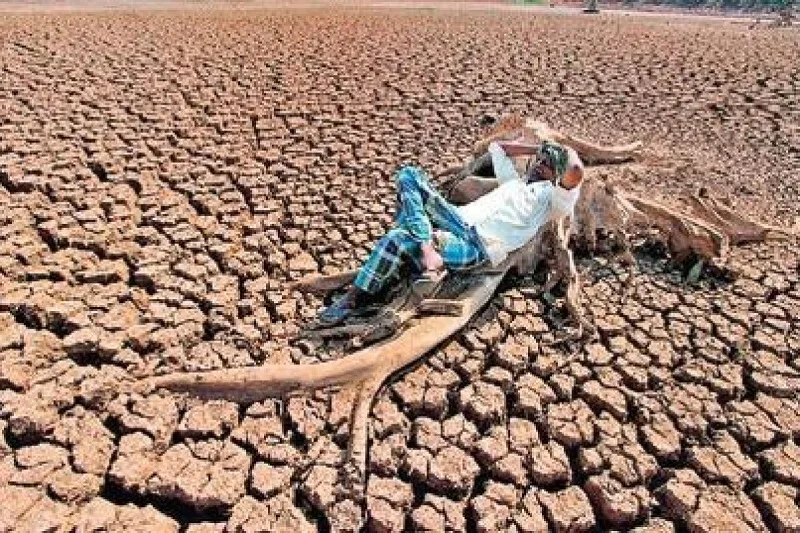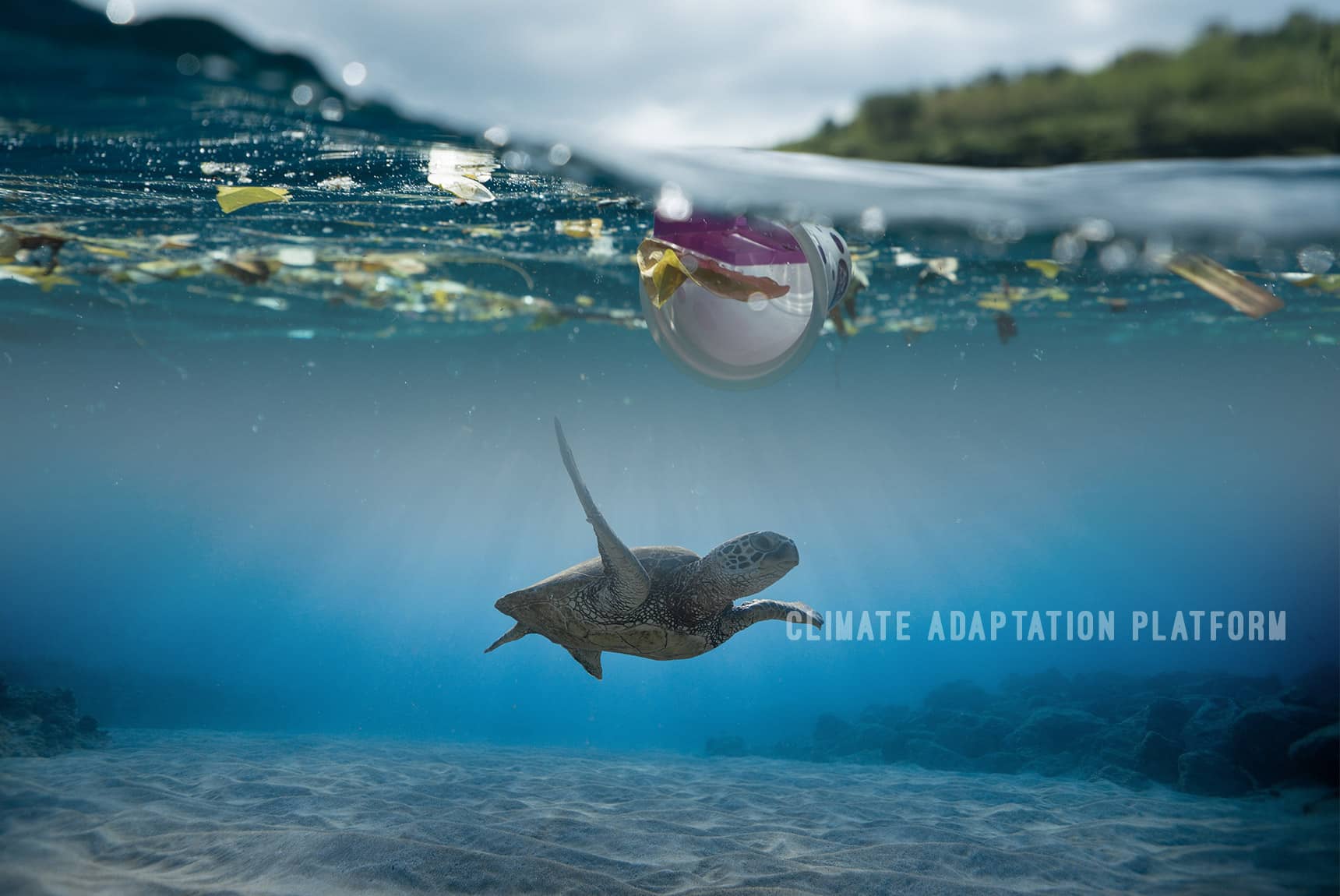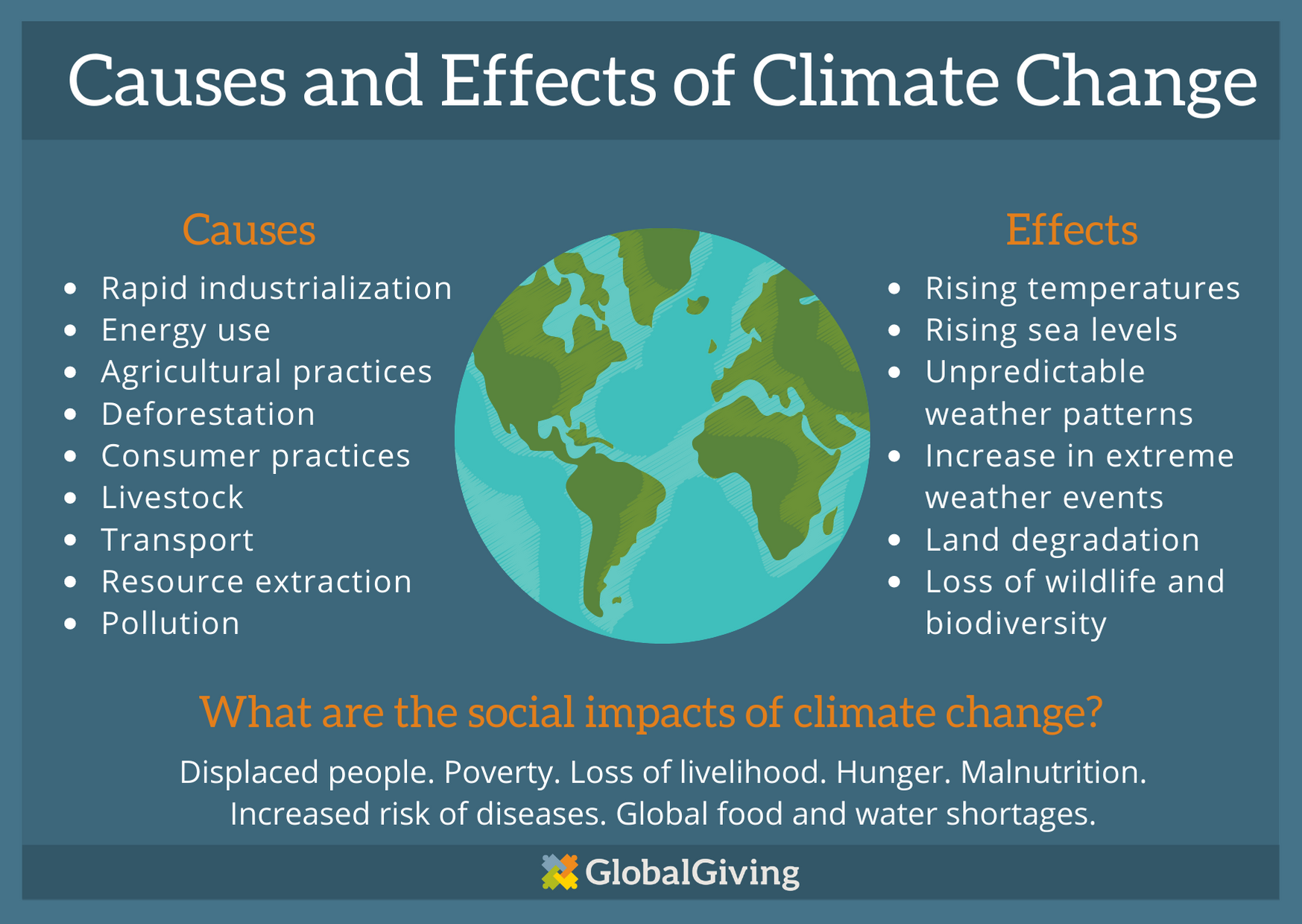Introduction
Droughts are not a new phenomenon. Throughout history, societies have faced the challenges of extended periods of water scarcity, but the frequency and intensity of droughts are changing. Today, droughts are becoming more frequent and severe, posing a significant threat to ecosystems, agriculture, water resources, and human livelihoods. One of the primary drivers of this worrisome trend is climate change. In this blog post, we will explore the relationship between droughts and climate change, understanding the consequences and effects of this evolving crisis.
Understanding Droughts
Before delving into the connection between droughts and climate change, it’s essential to understand what droughts are. Droughts are prolonged periods of abnormally low precipitation, leading to water shortages and a lack of moisture in the soil. They can occur in various forms, such as meteorological droughts (resulting from reduced rainfall), hydrological droughts (affecting water supply systems), and agricultural droughts (impacting crops and ecosystems).
Droughts are not only characterized by a lack of water but also by their duration and geographical extent. Short-term droughts may last a few months and affect a specific region, while long-term droughts can persist for years and span entire continents.
The Link Between Droughts and Climate Change
Climate change, driven primarily by the increase in greenhouse gas emissions, is causing significant shifts in weather patterns and precipitation. These changes are closely connected to the increasing frequency and severity of droughts. Here’s how climate change exacerbates the drought crisis:
Altered Rainfall Patterns: Climate change is leading to changes in rainfall patterns. Some regions are experiencing reduced precipitation, contributing to prolonged droughts. Others may see more intense rainfall events, which can lead to flash floods followed by rapid drying, causing soil moisture deficits.
Rising Temperatures: Global temperatures are on the rise due to climate change. Higher temperatures can exacerbate drought conditions by increasing evaporation rates and drying out soils faster. This, in turn, amplifies the severity of drought impacts on agriculture and ecosystems.
Melting Glaciers: Climate change is causing glaciers to melt at an accelerated rate. Glaciers act as natural reservoirs, releasing water during dry seasons. The loss of glaciers reduces the availability of freshwater during droughts, especially in regions dependent on glacial meltwater.
Changing Ocean Currents: Climate change can disrupt ocean currents, leading to altered weather patterns. These changes can influence the distribution of rainfall, causing some areas to receive less precipitation and enter into drought conditions.
Consequences of Droughts
The consequences of droughts are wide-ranging and can have profound impacts on both natural systems and human societies. Here are some of the key consequences:
Agriculture: Droughts can devastate crops, leading to reduced agricultural yields and food shortages. This not only affects the livelihoods of farmers but also leads to higher food prices and food insecurity for vulnerable populations.
Water Scarcity: Droughts reduce the availability of freshwater for drinking, sanitation, and industrial purposes. This can strain water resources, leading to conflicts over water rights and the displacement of communities.
Ecosystems: Droughts can harm ecosystems by killing off plants, disrupting wildlife habitats, and causing wildfires. These impacts can have long-term consequences for biodiversity and ecosystem health.
Health: Water scarcity and food shortages resulting from droughts can lead to malnutrition and the spread of waterborne diseases. Heatwaves associated with droughts can also pose health risks, especially for vulnerable populations.
Economic Losses: Droughts can lead to significant economic losses, including damage to infrastructure, reduced agricultural output, and increased firefighting costs. These economic impacts can ripple through communities and entire regions.
The Road Ahead
Addressing the growing threat of droughts exacerbated by climate change requires a multi-faceted approach. Here are some key steps that need to be taken:
Mitigating Climate Change: The primary driver of the increased frequency and severity of droughts is climate change. To mitigate this crisis, we must reduce greenhouse gas emissions by transitioning to renewable energy sources, improving energy efficiency, and adopting sustainable land-use practices.
Adapting to Droughts: Communities and governments must develop strategies to adapt to drought conditions. This includes implementing water-saving technologies, improving water storage and distribution systems, and promoting drought-resistant crops.
Protecting Ecosystems: Preserving and restoring ecosystems can help buffer the impacts of droughts. Healthy forests, wetlands, and grasslands can retain moisture and provide crucial habitat for wildlife.
Water Management: Effective water management is crucial during droughts. This involves equitable distribution of available water resources, promoting water conservation, and investing in water infrastructure.
Education and Awareness: Raising awareness about the connection between climate change and droughts is essential. Education can empower individuals and communities to take action and support policies that address this crisis.
Conclusion
Droughts and climate change are intricately linked, with climate change exacerbating the frequency and severity of drought events. The consequences of prolonged droughts are far-reaching, impacting agriculture, ecosystems, water resources, and human well-being. Addressing this looming crisis requires a concerted effort to mitigate climate change, adapt to changing conditions, and protect our natural systems. By taking action now, we can work towards a more resilient and sustainable future where droughts are no longer a devastating threat.






